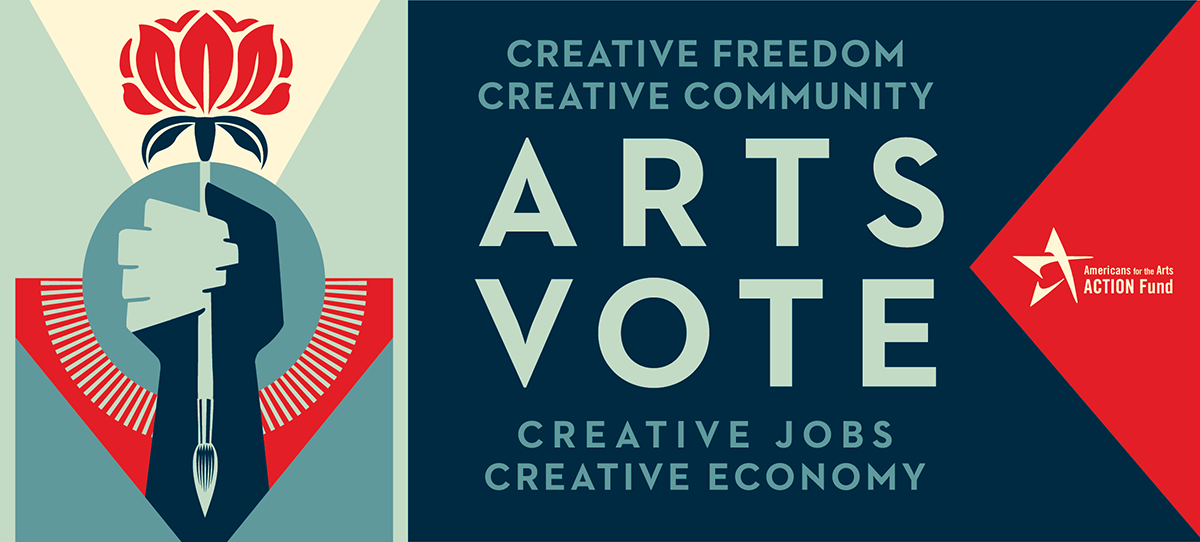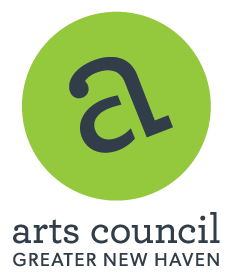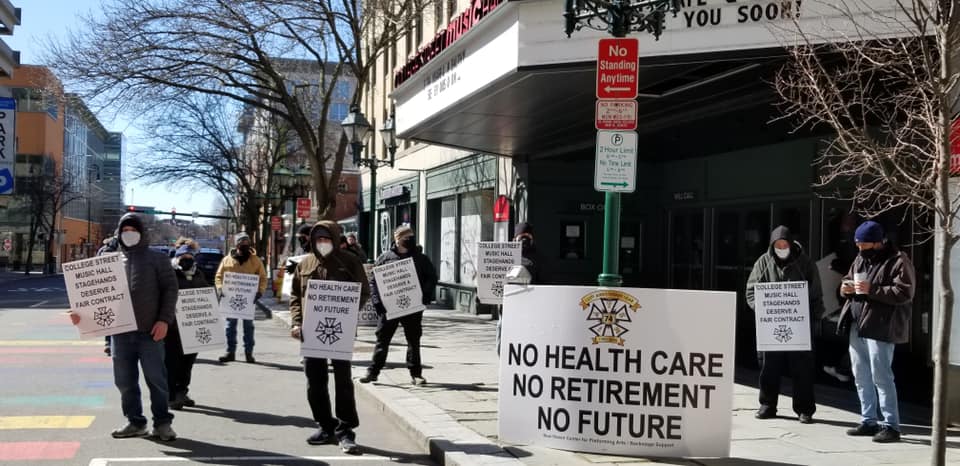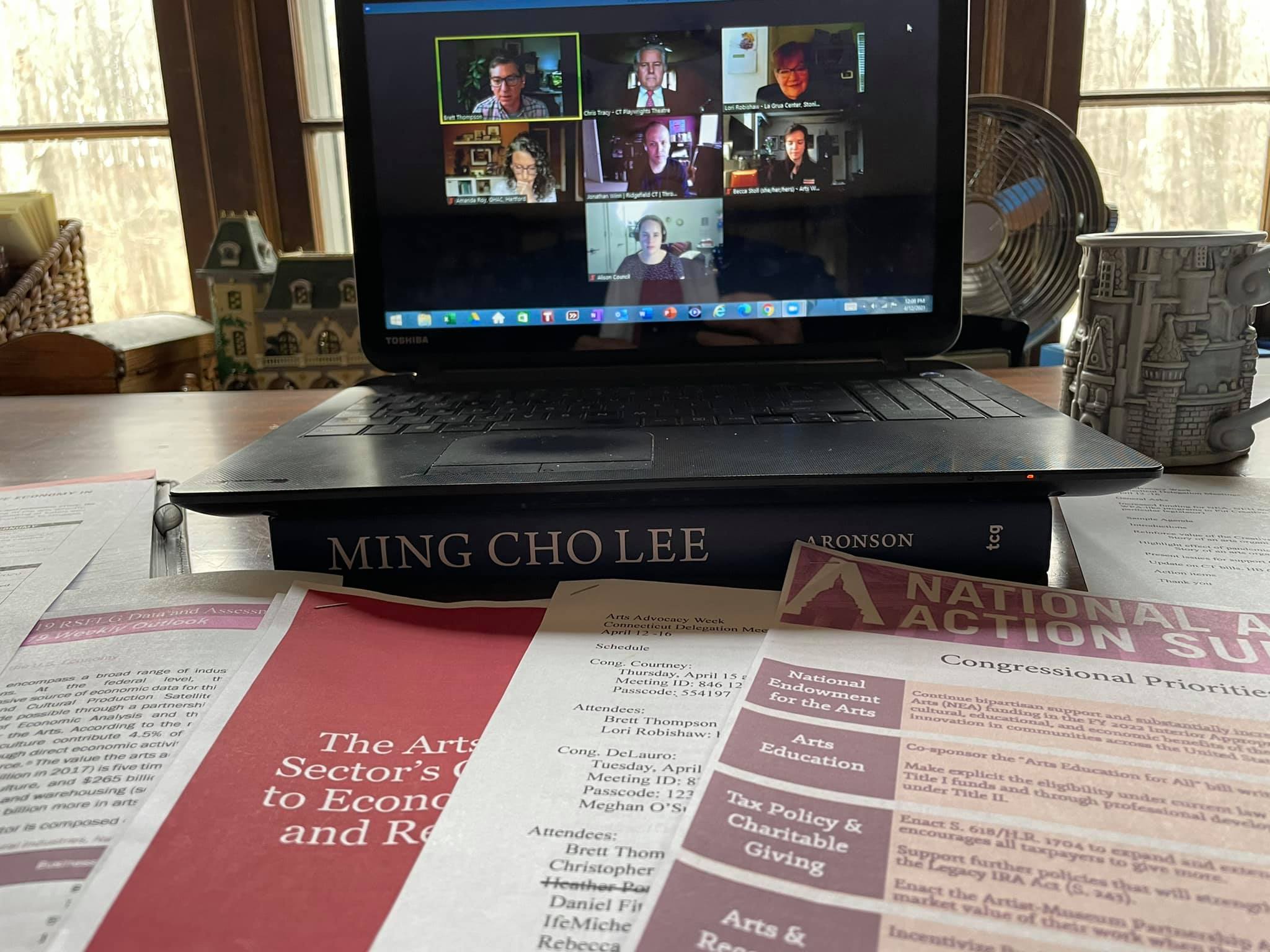One of the biggest blessings for me over the pandemic was that I finally had time to get involved in my community. I explored undiscovered neighborhoods, tried lots of restaurants that had always been closed by the time I got home late from my shows, volunteered at a food pantry, and started following local news and politics. As part of this, I became more involved with local arts organizations and in statewide arts advocacy. I attended Zoom meetings to learn how other artists, arts workers, and arts organizations were weathering the storm, and to simply meet others from my city who were working in the creative industries.
I found a lot of camaraderie in these Zoom meets and from getting to meet other politically motivated folks in the arts, but I also felt a little out of place. I showed up at my first Connecticut Arts Alliance virtual meeting a few months ago and quickly discovered that I was the only person there who was just an individual, and not from an arts organization of some kind. Additionally (and possibly related), I was overwhelmingly the youngest person on the call at most meetings. And I learned that our perspective, the perspective of actual real-life arts workers, is needed, welcome, and totally missing from these meetings. So, here’s my pitch to all of you to get involved in supporting the arts loudly and proudly in your own communities, states, and countries, especially here in the US, where the arts are both so vital, and so lacking in government support.
First, some background. For those who aren’t aware, every US state has some sort of government body tasked with arts, culture, tourism, and/or some combination of the like. In my state of CT, it’s the CT Office of the Arts. According to their website, the CT Office of the Arts is tasked with creating and distributing grants, running programs and services “that connect people to the arts and help build vital communities across the state,” providing training and professional development opportunities, and serving as a resource hub for the statewide arts community.
In addition, most states have some sort of primary advocacy group that exists to ensure that the state arts office is meeting the needs of the communities it serves. In CT, that’s the Connecticut Arts Alliance (CAA). Funny story, I learned about CAA for the first time, not because of any outreach they did specifically, but because they rented the stage of the theatre where I was mixing full-time to host two of their live events (pre-pandemic, of course) ☺. One was a “Create the Vote” event prior to the 2018 election, then another one to hear reports from a task force formed by then governor-elect Ned Lamont about how to better support arts, culture, and tourism in the state.
Besides these two events, who is CAA and what do they do? To quote their mission statement, “CAA is a statewide non-profit organization that works to build political, financial, and grassroots support to ensure that the arts are a vital part of life for everyone in Connecticut.” The membership includes leaders of regional arts advocacy groups, such as the Arts Council of Greater New Haven, Greater Hartford Arts Council, and more. It also includes members of local arts organizations from every corner of the state, from Thrown Stone Theatre in Ridgefield, all the way to La Grua Center over by the eastern border with Rhode Island. Yes, I know our state is geographically small compared to most, but it’s still a lot of people from a few hours’ drive away from each other, and it’s no small feat getting them all together and on the same page! The CEOs, directors, artistic directors, and curators of the many organizations who belong to CAA represent every facet of the arts, and so too should the artists themselves who are on the committee.
Arts Council of Greater New Haven and Cultural Alliance of Fairfield County are two such local arts organizations in CT. One I was a member of for 2 years, and the other I hope to join soon now that I’ve relocated within the state!
I am eager to represent my portion of the arts community, but I can’t do it alone. Nor would it be appropriate for me, a white woman who works primarily out of state, to even pretend that I can articulate the needs of all the art workers in CT. Just like the disparate companies and art-making groups that CAA brings together under its umbrella, we arts workers are not a monolith. What CAA and other statewide arts advocacy groups don’t have enough of, in my opinion, is individuals working “on the front lines” as it were. These groups comprise lots of people who do the hiring and managing, but not enough of the folks who paint the murals, stage-manage the concerts, and of course, mix the musicals 🙂 It’s important that they get the feedback and perspective from the people who stand most directly to benefit from support, both political and financial.
Despite all our differences, there are some key things that many arts workers have in common, which became only more apparent during the pandemic. First, most of us are on the knife’s edge when it comes to economic and employment-related stability most of the time. In my line of work, I don’t always have jobs lined up even a week in advance. So, when all the work dried up at once in March of 2020 and I went to apply for unemployment, I had no way to prove the loss of future income from projects that I hadn’t even signed contracts for yet. Second, many of us work many jobs for many employers to piece together a livelihood and a living. This isn’t necessarily a bad thing, but it means that in the US, the way we work is completely at odds with a social structure that assumes most people have one job that they can expect to keep unless they quit, die, get laid off, or get fired. Our system also assumes that that one job is the source of most people’s healthcare and retirement savings. Outside of union work, my experience in live theatre has been that I must put all these things together for myself. And with the onset of the pandemic, even union workers weren’t safe from hardship, as many of the health plans used by Actors Equity Association, American Federation of Musicians, and IATSE directly tie access to benefits to the number of weeks of union work one works in a calendar year.
And you know what? A lot of people outside our industry don’t know ANY of those facts. So, it’s up to us to inform them so that they can best serve us!
I got a key opportunity to do just that this summer when a group from CAA met with senior aides for each of our 7 federal legislators (2 senators and 5 representatives) as part of National Arts Advocacy Week. We each took a turn talking about how the pandemic had affected us or our organization and then tied that struggle to bills being debated that could directly help our cause if passed. I had never done any sort of lobbying before, and it took some serious prep to figure out how best to spend my allotted 90 seconds making my case. I focused on things that the pandemic response got right, but also where some of those initiatives fell short. For example, I think there is now a more universal understanding among the “muggles” about the existence of the “gig economy” and the “gig worker,” but even that definition falls short of encompassing all of us who work in the arts. I, for example, do not consider myself a gig worker, because even though I work many jobs in a year (my record was 29 in 2019), it’s almost all as a W-2 employee, not a 1099 Independent Contractor. Therefore, while I did qualify for unemployment, having to enter 18 months of work history took me hours, and some of those jobs lasted only a single day!
After the last 18 months, I can truly relate
Additionally, I focused my speaking time on requesting funding for government initiatives that would create new opportunities to employ arts workers and grant them better protections at work. For example, Rep. Rosa DeLauro (CT-3) represents the city of New Haven, where the employees of the local concert venue, College Street Music Hall, had just voted to join IATSE 74 but were struggling to get management to agree to a fair contract. So, when I was lobbying her congressional aide, I focused on how the PRO (Protecting the Right to Organize) Act could directly benefit arts workers by strengthening protections for workers in unions and those trying to unionize. This in turn would bring more good-paying union jobs to her district and strengthen the huge role that the performing arts plays in the local economy for the whole city of New Haven.
IATSE 74 members and supporters holding an informational picket outside College Street Music Hall. Photo courtesy of the Official @IATSE Twitter page.
When speaking with an aide to Sen. Chris Murphy, I talked about how the expanded unemployment benefits had kept so many arts workers afloat, and that even with other industries going back to work, we were collectively being left behind because it wasn’t yet safe for our businesses to reopen. Finally, to tailor my message to Sen. Richard Blumenthal, I implored the aide to talk about how eager creatives were to get back to work, and how so many of us had translated our theatre skills so beautifully into jobs such as working for the census, registering folks to vote, or helping with vaccine distribution. We arts workers stand at the ready to be put to work helping the cause, and we have the training to do it well. We just had to put two and two together for those who don’t see that connection.
A little blurry, but here we are in action getting ready for our Zoom session with Alison Council, an aide to Sen. Richard Blumenthal! Photo credit Chris Tracy.
As we all well know, the arts are an under-appreciated economic driver in this country. In just the state of New York, Broadway shows are a billion-dollar industry. That’s more than the revenue generated by all 9 major NYC sports teams COMBINED! And that number only represents official Broadway ticket sales, it doesn’t even factor in ancillary spending that theatergoers often do, such as eating at restaurants, paying for parking and taxis, or buying souvenirs. Nationwide, a $1 investment in the arts generates a $7 in economic boost. That’s an INCREDIBLE return on investment! Yet, art departments in public schools are being gutted everywhere across the country. Arts workers are notoriously underpaid, exploited, and berated for not “getting a real job” or not being willing to “do it for the love, not the paycheck.” I’m here to tell anyone who will listen that our industry is full of the greatest, smartest, most innovative people and that a career in the arts can lead to a great life and a good-paying job if you work hard enough at it. And without the arts, life just wouldn’t be as rich. So, I hope you’ll be inspired just as I was to get involved in your local arts organization, call your representatives, or donate to groups like CAA that are fighting this fight for new laws, new grants, and a public showing of the importance of the arts at the highest levels of government.




